Detroit Deathwatch – The Prequel (Part 2)

Those of us who lived through the 1970’s have thrown out, remodeled or psycho-analyzed away any lingering echoes of those economically, socially and politically divisive years. But the decade of pet rocks, big hair, anti-war protests, moon landings, presidential pardons, drug-addled introspection, Middle Eastern war and convulsive oil shocks left the Big Three’s collective psyche permanently altered. In some ways, they never recovered.
The Big Three entered the bushy-sideburns decade with the super-size-me version of the formula they’d been frying up for decades. Mega-full-size cars (longer than today’s Suburban), double-pattie mid-sizers, and quarter-pounder “compacts” were deemed the ideal diet for “real Americans”. And for those financially challenged unpatriotic import lovers: a barely-edible gruel of half-baked Pintos, Vegas, and Crickets.
If you had to pick a moment when The Big Three’s hegemony ended, it’s October 17, 1973. On that day, the Organization of the Petroleum Exporting Countries (OPEC) initiated an embargo that effectively doubled the cost of crude oil. And the resulting price shock tipped the U.S. economy into recession. Even worse, Americans experienced massive gas shortages.
Overnight, the American gas guzzler ceased to be an unassailable statement of personal prosperity. For many, it became a symbol of individual and national vulnerability, irresponsibility and weakness. Without warning, The Big Three’s big car dreams had become a nightmare.
As big car sales plunged, the federal government began tightening safety and emissions regulations. CAFE regulations were born. The rules uglified bumpers and choked the life out of Detroit’s V8’s. Imports, especially Japanese, flooded into the U.S. And this time the cars were well-built, durable, efficient, and backed by nationwide dealers. There was no getting around it: Detroit’s way of thinking was under serious attack.
The General launched a wave of Vegas and badge-engineered clones, and derivatives: Pontiac Astre and Sunfire; Buick Skyhawk, Chevy Monza and Oldsmobile Starfire. The engine choices were an abomination: Vega’s shake, rattle and blow four, Buick’s “odd-firing” V6, and a small-block Chevy V8 sleeved, de-stroked and strangled to 110 hp. All these H-Bodies came with a 24 month “will-rust-through” guarantee (36 months in CA) and a crow bar to pry out rear-seat passengers.
GM’s answer to the Toyota Corona and Datsun 510, for buyers looking for an economical 4-door compact? The not-so-small Nova and its clones the Pontiac Ventura, Buick Apollo, and Olds Omega. Just the ticket, especially with the 5.7 V8 and 16 EPA-optimistic miles per gallon. A practical wagon version? No such luck.
Ford (predictably) imitated GM’s genetic-engineering experiments. Unfortunately, their stem-cell line was no more distinguished than GM’s. The Pinto was cloned (Mercury Bobcat) and genetically-modified (Mustang II) with unpalatable results.
Chrysler’s Omni-present daydreams about a small, modern FWD car were still on the far Horizon. In the meantime, their desperation-driven hook-up with Mitsubishi set a pattern for the Big Three’s “if you can’t fight them, hop into bed with them” anti-Japanese import strategy.
Or was it a reverse Trojan horse deal? While the arrangement put Japanese-made Colts into Dodge showrooms, Mitsubishi eventually hung out their own shingle. Ditto for Suzuki, Isuzu and Mazda. These tenuous trans-pacific affairs wouldn’t be resolved for decades, but it’s pretty obvious who walked away smiling from the inevitable divorce.
Nineteen seventy-six saw two significant car introductions: Honda’s Accord and Chevrolet’s Chevette. They weren’t direct price-range competitors, but they were prescient examples of their respective manufacturer’s best shots in the small-car arena.
The Chevette arrived in celebratory red, white and blue bi-centennial bunting. Its only claim to fame: it single-handedly created (and dominated) a new category– pizza delivery vehicle. Chevette-amnesia became a national phenomena in the 1980’s.
The Accord threw down a gauntlet that literally shocked everyone– including Toyota– with its sophistication, refinement and poise. The Accord set the enduring template for the modern American car.
Suffering from rapid-onset ADD, GM was distracted by its big-car problems. In the largest US industrial investment since WW II, GM and Ford retooled their factories to “downsize” their range of cars. Chrysler, the perpetual poor relation, couldn’t match the spending spree.
Their solution: kill the big cars, and transfer their names unto the mid-size range. This shell-game strategy landed them on the Capitol steps with hands outstretched.
GM’s first round of downsizing was relatively successful, especially with its full-size models. Case in point: the new 1977 Impala was within inches and 200 lbs. of the classic ’55 – ’57 Chevy. The Impala looked clean and handled well. And it became an evergreen– until the 1991 “blob-mobile” Caprice reverted to old habits.
The economic recovery of the late 70’s and GM’s enormous downsizing investment paid off (for a few short years). In 1978, GM reached its all time US market share high of almost 50%, and the Feds were seriously talking about splitting up the company. Once again, cigars were passed. Kool-Aid drunk. This time Chrysler abstained.

More by Paul Niedermeyer
Latest Car Reviews
Read moreLatest Product Reviews
Read moreRecent Comments
- Justin You guys still looking for that sportbak? I just saw one on the Facebook marketplace in Arizona
- 28-Cars-Later I cannot remember what happens now, but there are whiteblocks in this period which develop a "tick" like sound which indicates they are toast (maybe head gasket?). Ten or so years ago I looked at an '03 or '04 S60 (I forget why) and I brought my Volvo indy along to tell me if it was worth my time - it ticked and that's when I learned this. This XC90 is probably worth about $300 as it sits, not kidding, and it will cost you conservatively $2500 for an engine swap (all the ones I see on car-part.com have north of 130K miles starting at $1,100 and that's not including freight to a shop, shop labor, other internals to do such as timing belt while engine out etc).
- 28-Cars-Later Ford reported it lost $132,000 for each of its 10,000 electric vehicles sold in the first quarter of 2024, according to CNN. The sales were down 20 percent from the first quarter of 2023 and would “drag down earnings for the company overall.”The losses include “hundreds of millions being spent on research and development of the next generation of EVs for Ford. Those investments are years away from paying off.” [if they ever are recouped] Ford is the only major carmaker breaking out EV numbers by themselves. But other marques likely suffer similar losses. https://www.zerohedge.com/political/fords-120000-loss-vehicle-shows-california-ev-goals-are-impossible Given these facts, how did Tesla ever produce anything in volume let alone profit?
- AZFelix Let's forego all of this dilly-dallying with autonomous cars and cut right to the chase and the only real solution.
- Zelgadis Elantra NLine in Lava Orange. I will never buy a dirty dishwater car again. I need color in my life.

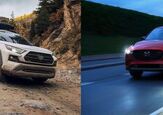
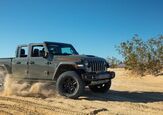













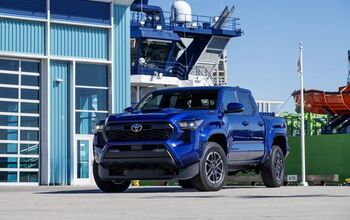
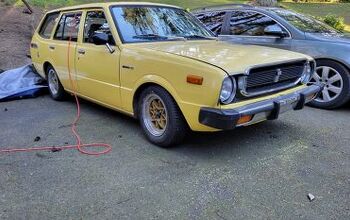
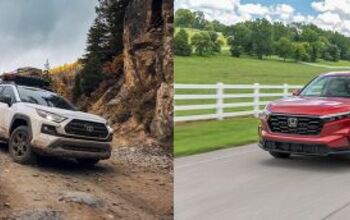
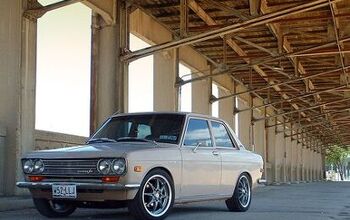
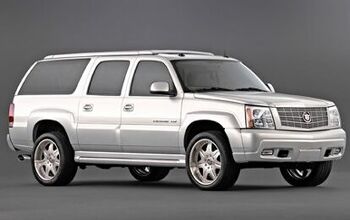
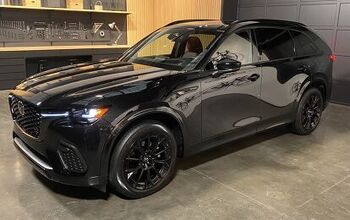
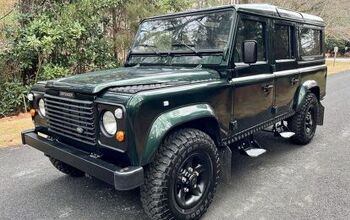

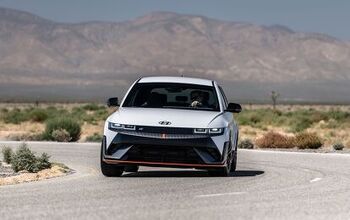
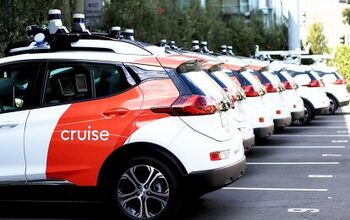
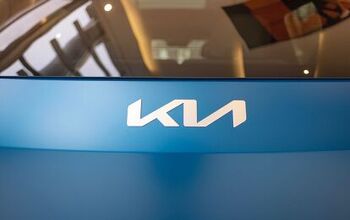
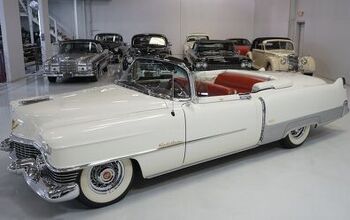


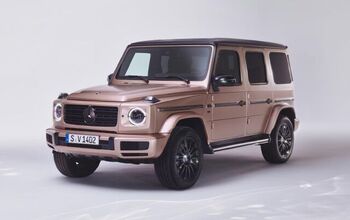
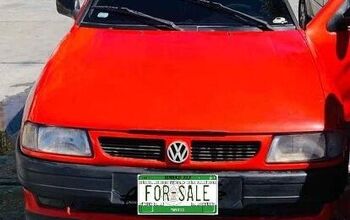


Comments
Join the conversation
Surprised to see no mention of the "personal" or downsized luxury cars of the '70's - that's what made all the money. Ford's bright spot was the Granada, Cadillac's sold the Nova derived Seville for $12G with a fuel injected Olds 350. Chrysler stayed alive with the Cordoba - it doubled the sales of the division with just one car. It's telling that GM still maintained it's 50% market share in the '70's. (I've read the peak was in '62 at 52%) because GM carefully avoided going over the 50% line to avoid anti-trust hearings.
Ford's "bright spot" was the Granada? Did they fool enough people into buying them -- "looks just like a Mercedes!" My mother had a personal luxury coupe -- the '73 Monte Carlo. Stylish -- relatively speaking, considering that dismal model year -- but highly impractical. Huge, heavy doors, and aircraft-carrier hood. The latter meant you had to "stick your nose out" at blind intersections just to make sure no one was coming. Given all that overall length, the back seat was surprisingly small, once you wriggled back there.